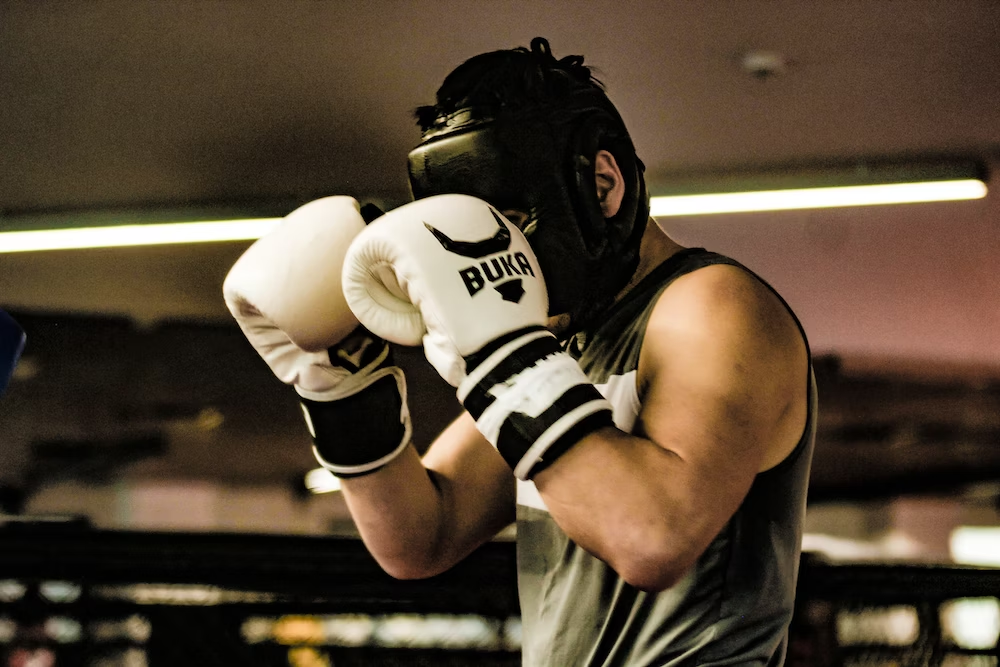
The history of boxing gloves is a fascinating journey that dates back thousands of years. Boxing, as a combat sport, has been practiced for centuries, and the use of gloves has evolved over time to ensure the safety and integrity of the sport. In this article, we will explore the rich history of boxing gloves, tracing their origins, development, and their significance in modern-day boxing.
Origins of Boxing Gloves
The origins of boxing gloves can be traced back to ancient civilizations. The ancient Egyptians, around 3000 BC, were among the first to utilize some form of hand protection during combat sports. They used leather straps wrapped around their hands and wrists to provide some level of protection. Ancient depictions of boxing matches in Egypt often showed fighters wearing such hand coverings.
The ancient Greeks also practiced a form of boxing known as “pygme” or “pugme”. It involved fighters wrapping their hands in thin leather thongs or strips of ox hide to protect their hands and wrists. However, these early forms of hand protection were primarily used to enhance grip and prevent injuries, rather than to cushion blows.
Evolution of Boxing Gloves
The evolution of boxing gloves as we know them today took place in the 18th and 19th centuries. Before this time, bare-knuckle boxing matches were common, with fighters using their fists to deliver powerful blows. However, these matches often resulted in severe injuries, including broken bones, lacerations, and even deaths. The need for more protective gear led to the development of early boxing gloves.
Jack Broughton, an English bare-knuckle boxer and champion in the early 18th century, played a significant role in the development of boxing gloves. Broughton introduced the concept of “mufflers,” which were padded leather coverings worn over the knuckles. These mufflers provided some level of protection and reduced the severity of injuries during matches.
The Marquess of Queensberry Rules, introduced in the mid-19th century, further influenced the development of boxing gloves. These rules, which emphasized fair play and safety, required fighters to wear gloves that weighed no less than 4 ounces. The increased weight of the gloves helped to reduce the force of impact and minimize the risk of serious injuries.
The modern-day boxing gloves
As boxing evolved as a sport, so did the design and construction of boxing gloves. In the early 20th century, boxing gloves began to take on a more standardized form. They were typically made of leather and filled with horsehair, which provided some padding and protection.
In the 1920s, there was a shift towards using gloves filled with foam or other cushioning materials. This was primarily driven by a desire to further reduce injuries and ensure the safety of the fighters. Foam-filled gloves offered more effective shock absorption and cushioning, reducing the impact on the opponent’s face and head.
The development of synthetic materials in the mid-20th century also impacted the design and construction of boxing gloves. Synthetic materials such as polyurethane foam and various types of padding became popular choices for glove manufacturers due to their durability, affordability, and ability to provide consistent shock absorption.
In recent years, advancements in technology have led to the development of specialized boxing gloves for different purposes. There are gloves designed for training, sparring, and professional matches, each with specific features to cater to the needs of the fighters. These gloves may have additional padding in specific areas, reinforced wrist support, or other modifications to enhance performance and safety.
Importance of Boxing Gloves
Boxing gloves play a crucial role in the sport by providing protection to both the fighters and ensuring a fair and competitive environment. The primary purpose of boxing gloves is to cushion the impact of punches and reduce the risk of serious injuries.
Additionally, boxing gloves contribute to the artistry and technique of the sport. By reducing the risk of immediate knockout punches, they encourage fighters to develop their skills, strategy, and endurance. They enable fighters to engage in longer bouts, showcasing their agility, footwork, and defensive techniques.
Conclusion
The history of boxing gloves reflects the evolution of the sport itself and the growing emphasis on safety and fair play. From simple leather wraps to specialized gloves filled with foam and advanced synthetic materials, boxing gloves have come a long way in providing protection and enhancing the sport of boxing.

